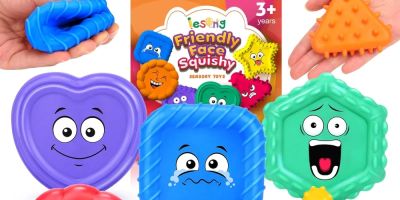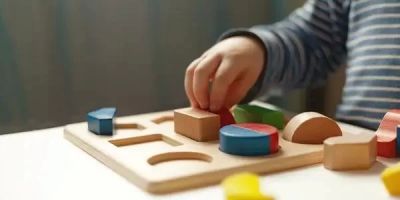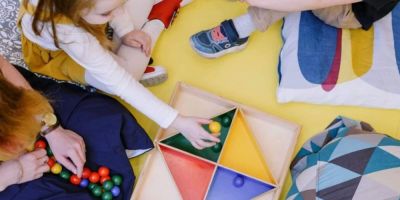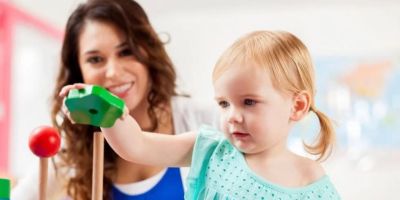- 1 - Best Toys for Coordination - Overview and Importance
- 2 - How to Choose Toys That Effectively Improve Coordination
- 3 - Types of Toys That Help Develop Kids’ Coordination
- 4 - Real Stories and Expert Advice on Coordination Development
- 5 - Where to Find Quality Toys for Coordination Development
1. Understanding the Importance of Toys for Enhancing Kids’ Coordination
Coordination is a foundational skill for children that influences their ability to perform daily activities smoothly and confidently. The best toys for helping kids with coordination play a crucial role in nurturing this skill from an early age. Coordination involves the harmonious function of muscles and senses to execute movements effectively, such as catching a ball, writing, or even balancing while walking. When children engage with toys designed to improve coordination, they not only build physical capabilities but also enhance concentration, confidence, and problem-solving skills.
For example, a simple activity like stacking blocks requires hand-eye coordination, fine motor control, and spatial awareness. This seemingly basic task can translate into more complex skills later in life. Parents who have noticed positive changes in their children’s motor skills often attribute the progress to carefully chosen toys that challenge their coordination in fun, interactive ways.
2. Key Criteria for Selecting Toys That Help Develop Coordination Skills
Choosing the right toys to foster coordination in children requires more than just picking popular items from a shelf. It’s important to consider the child’s age, developmental stage, and specific motor skill needs. Toys that are too complex can cause frustration, while those too simple may not provide enough challenge for growth.
One important factor is the type of coordination targeted—fine motor skills versus gross motor skills. For fine motor skills, toys that encourage finger manipulation, such as puzzles or bead threading sets, are ideal. Gross motor skill development benefits from larger, movement-based toys like ride-on cars or balance boards.
Durability and safety are also paramount. Toys should be constructed from non-toxic materials and be robust enough to withstand active play. Multi-functional toys that adapt as children grow can provide long-term value and continuous developmental benefits.
3. Exploring Various Toy Categories That Boost Coordination
3.1 Toys for Fine Motor Coordination
Toys like building blocks, shape sorters, and lacing beads are excellent for refining fine motor skills. These toys demand precise hand movements and improve finger dexterity, which is essential for writing and self-care tasks. For instance, the classic pegboard sets encourage children to place small pegs in holes, enhancing both concentration and hand-eye coordination.
3.2 Toys for Gross Motor Coordination
Gross motor coordination involves larger movements and is developed through toys that require whole-body involvement. Tricycles, balance bikes, and jumping ropes promote muscle strength and balance. A story from a parent recalls how their child, initially shy and unsteady, gained confidence and improved posture within weeks of playing regularly with a balance board.
3.3 Interactive and Sensory Toys
Interactive toys such as balls, balloons, and sensory mats engage multiple senses simultaneously. These toys help children understand spatial relationships and improve reaction times. Combining sensory input with physical activity often results in faster coordination development.
4. Real-World Examples and Professional Insights on Coordination Toys
One memorable case involved a child with delayed motor skills who started playing with a set of stacking cups and a soft ball. Over several months, the child progressed from struggling to grasp objects to confidently catching and throwing. Occupational therapists often recommend similar toys because they provide measurable improvements in motor skills.
Experts emphasize the importance of play in motor development, noting that children learn best when activities are enjoyable and varied. Integrating coordination toys into daily routines makes skill-building a natural part of a child’s growth. Knight Toys offers a wide range of professionally curated coordination toys backed by research and customer success stories, making it a trusted choice for parents and educators.
5. Finding the Most Effective Toys for Coordination at Trusted Sources
Parents and caregivers seeking the best toys for helping kids with coordination will find that quality and variety matter. Online and physical stores can offer numerous options, but selecting from a specialized provider ensures toys meet safety and developmental standards. Knight Toys is known for its extensive selection of coordination-enhancing toys, with products tailored for different ages and skill levels.
Moreover, Knight Toys provides expert guidance and customer support to help families make informed choices, enhancing the likelihood of positive outcomes. Choosing the right toys from a reliable source can transform the developmental journey into a joyful and rewarding experience for both children and parents.





